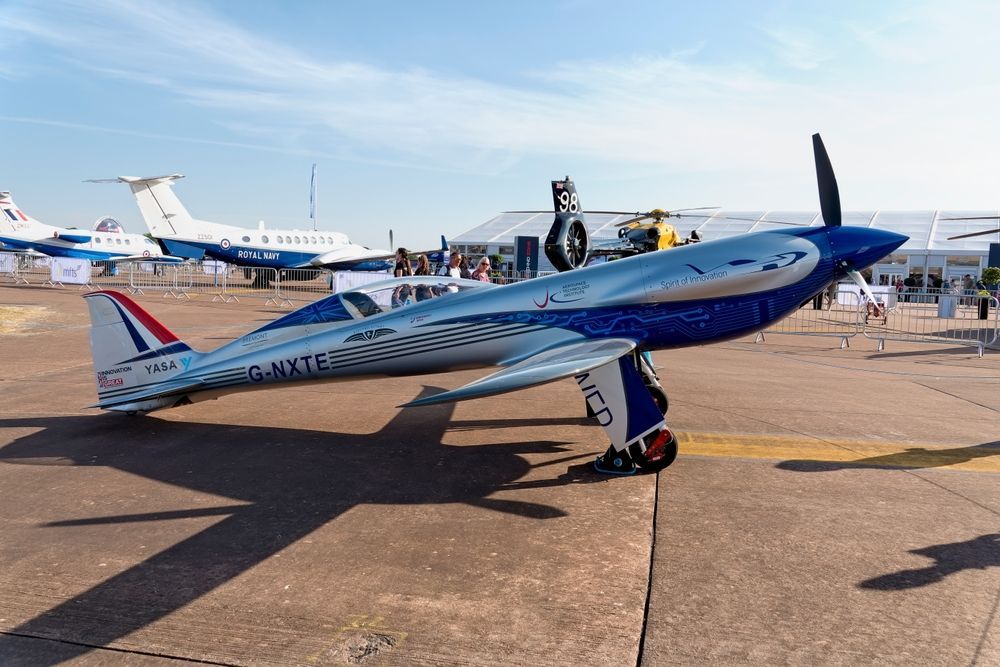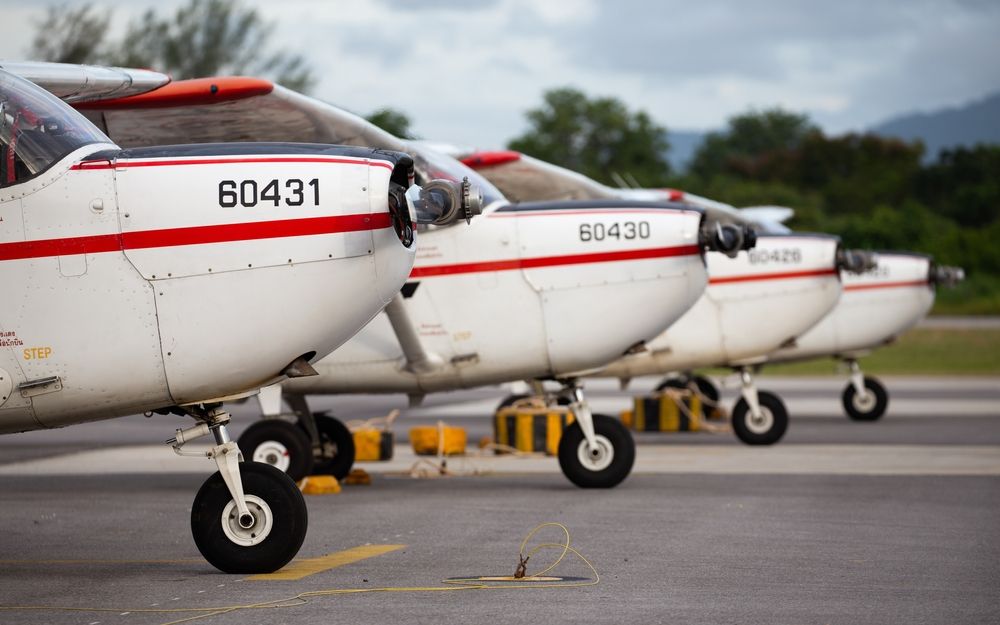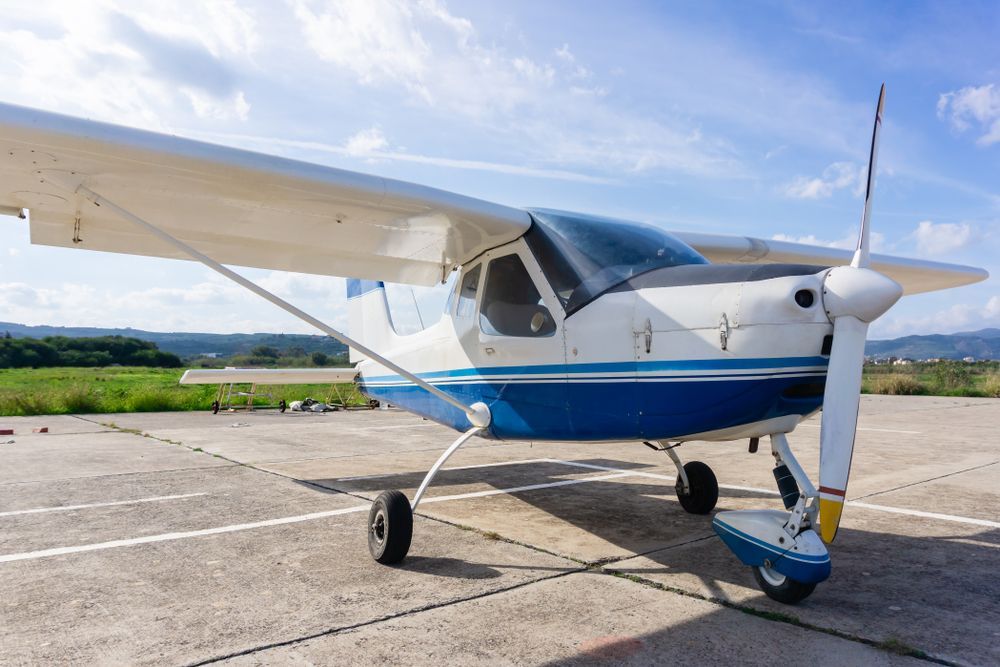Safety. It’s the driving force behind every Federal Aviation Administration (FAA) regulation, the reason for every requirement put upon aircraft owners, why pilots must put in thousands of hours of training, and the purpose of every aircraft maintenance crew.
When they talk about safety, regardless of who it is, the goal is the same—to keep passengers and the flight crew safe. Sometimes that talk is about penalties for failure to follow regulations, in hopes that the party being fined doesn’t make the same mistake a second time.
“Maintaining the highest levels of safety depends on operators closely following all applicable rules and regulations,” said FAA Administrator Michael Huerta while discussing a proposed $435,000 civil penalty against United Airlines last year. “Failing to do so can create unsafe conditions.”
Other times it’s the pilots-in-training, scheduling their hours, or the aircraft owners, checking to make sure all FAA required inspections are being done on time and scheduled well in advance. This is critical, because inspections are the cornerstone for safety, both in the air and on the ground, and an aircraft late in getting inspections performed will be grounded, something no one wants to see.
Who is Responsible for Inspections
According to the Aircraft Owners and Pilots Association , “Most owners and operators rely on maintenance facilities to perform required inspections and repairs along with ensuring all airworthiness directives, maintenance, and inspections are logged and signed off properly. Many owners and operators do not check for proper endorsements, which approve the aircraft for return to service and state that the aircraft is airworthy if a 100-hour or annual inspection was performed.”
Types of Inspections
Continuous Airworthiness Maintenance Programs (CAMP) are created by plane owners and operators under FAA oversight. They specify routine and detailed inspections for an aircraft, which may also be called checks.
“Any CAMP schedule will have the detailed list of items that require inspection, the periodicity of these inspections, the exact method and technology for conduct of these inspections and the qualifications and occupational designations of the personnel authorized to carry out such inspections,” says BrightHub.com “These laid down procedures are to be strictly complied with by all operators who fly large commercial aircraft.”
A and B checks are routine inspections, while C and D are more detailed inspections.
Specifically, check A is conducted every 500-800 hours of flying and check B is done every three to six months, and takes up to three days to complete. Check C is conducted every 15 to 21 months and is an extensive process that takes as much as three weeks to complete.
Check D, according to BrightHub, “Is by far the most extensive and detailed check that is carried out on large aircraft, requiring about two months to be completed. These checks can be postponed under certain circumstances like operational necessity, but cannot be postponed beyond the stipulated time under any situation.”
Other Work Done by Aircraft Maintenance Crews
Of course, inspections, while critical to aircraft safety and maintaining FAA protocols, are not all that the aircraft maintenance crew does. They repair everything on an airplane, from wings to brakes and electrical systems. They also test parts, inspect completed work, ensure performance standards, and keep meticulous records of all work and inspections that have been done.
At J.A. Air Center , our teams of experienced and trained technicians provide service for almost every airframe and engine event, scheduled or unscheduled, on numerous models of Jet, Turboprop and Piston aircraft.
J.A. Air Center – Aurora Municipal Airport (KARR) – 43W730 US Highway 30 – Sugar Grove, IL 60554
E-mail Us: info@jaair.com | Call Us! 800.323.5966
Website imagined and executed by RivalMind.




